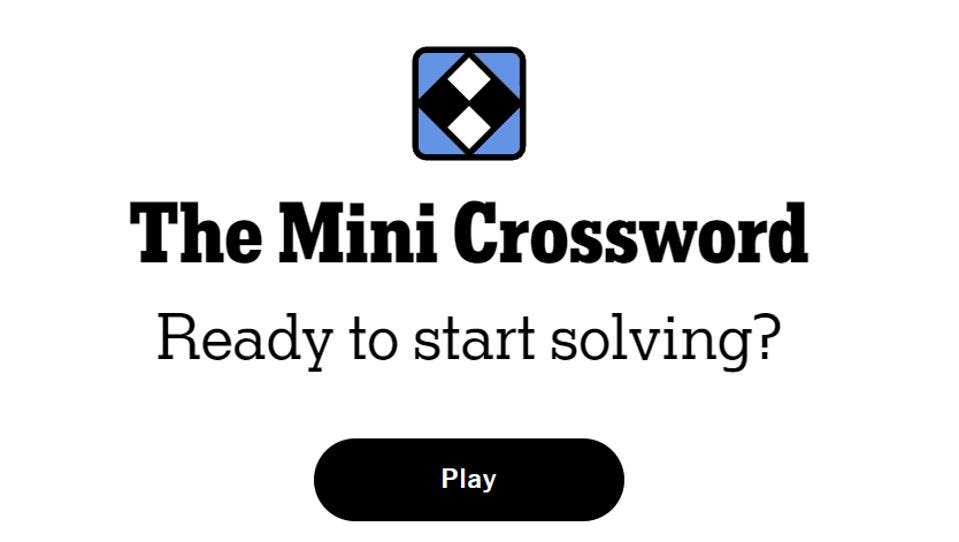AI tools like ChatGPT and Copilot are quietly revolutionizing how we write emails, saving time and … More
Email has been around for 50 years, and for most of that time, it’s remained relatively unchanged. Until now, at least.
In the two years since the launch of ChatGPT, email has received a dramatic generative AI facelift.
Tools like Outlook and Gmail now have built-in AI assistants standing ready to help craft and fine-tune your electronic communications. With some UK workers spending almost nine hours per week writing emails, there’s potential for some big efficiency gains.
GenAI tools, including built-in assistants or standalone chatbots like Gemini and ChatGPT, can help polish prose, hit the right tone, and persuade your recipients to take the intended action.
Mastering the art of AI prompting is quickly becoming a critical skill in both day-to-day and professional life. So, if you’d like to know how to spend less time figuring out what to write in emails or how they should be styled for different audiences and occasions, here are some tips, ideas and sample prompts.
Which GenAI Tools Should I Use?
A quick note before we get started—all of these tips and prompts should work whether you’re working with a chatbot like ChatGPT or an AI assistant like Copilot that’s built into your mail software.
For basic tasks like writing an email they all work very similarly, with little need for advanced features like web browsing, multimodal ability or reasoning capability. Where some of the tips I cover here might rely on these features, I’ll mention it.
As mentioned, Gmail and Outlook have assistants built into the free and paid-for versions of their clients, both browser and app-based versions. The most popular chatbots, ChatGPT, Gemini, Claude, and so on, all have free versions that are perfectly capable of drafting emails.
Tips For Effective Email Prompting
One of the most important tips that applies to any kind of prompting is to always have an idea of what you intend to achieve.
If you give AI fuzzy or unclear objectives, there’s no way of telling what it will give you in return, but it’s unlikely to be what you want. AI is smart, but it can’t read your mind-read.
If you aren’t sure what you want to achieve, ask the AI to help you work it out. With any task, it can help you understand what your goals should be and how you can measure success.
The next most important thing to understand is that you can give ChatGPT (or whatever) any data it needs to help complete your task. You can attach spreadsheets, articles, images or most types of media and have AI extract insights from it for use in your emails.
For example, a business could upload customer transaction records to create automated, personalized after-sales emails asking how buyers were enjoying their latest purchases.
Another useful tip is to always define your audience. Telling ChatGPT the communication is intended for your boss, customers, or prospects with problems you can solve increases the chances it will strike the right tone.
If you want to make sure your recipients know it’s you who’s writing, you can give it examples of the way you work (either uploaded as files or pasted into the chat) so it can simulate your voice, tone and style.
Finally, and crucially, there’s the dreaded specter of AI hallucination. One quirk of language-based genAI is that it doesn’t like being in a position where it can’t provide an answer, and to avoid this, it will sometimes literally make things up.
A simple way to avoid (or at least reduce the instances of) this happening is to tell it to ask you for any information it doesn’t have. Adding “ask me for any more information you need to do the job” is a surefire way to make many prompts much more effective.
With those general tips in mind, here are some simple prompts that can help you craft emails that get the job done.
Summarize/ Recap A Meeting
AI works best when you give it specific data to work with rather than forcing it to rely on its training data.
Prompt: Use the attendance record, agenda and notes provided to summarize this meeting, then create a personalized follow-up email for each attendee, along with an action plan detailing current objectives, timescale and next steps.
Write Persuasively
Often, when writing an email, your intention will be to persuade people to act in a certain way, whether that’s buying your products, attending your event or supporting a charitable cause. If you have to create any kind of email designed to encourage action, run it through this prompt first:
Prompt: Please take this draft email and improve the chances that it will achieve its aim by structuring the content in a clear, concise and persuasive way, emphasizing opportunities, benefits or risks. If its aim is not clear to you, then ask me to clarify what it is intended to achieve. Maintain the same voice, tone and style, and all messaging. When you have all the information you need, create a persuasive, well-written and effectively structured email.
Appealing A Fine Or Ticket
Appeal processes are often highly technical and are won or lost based on regulations. For this prompt, you will need a copy of the regulations you’re accused of breaching (for example, parking terms and conditions).
Prompt: Help me overturn this fine or penalty. I have attached a copy of the regulations I am accused of breaching. Please ask me for the reason why I believe this fine or penalty should be overturned, then draft a concise, polite but to-the-point letter, with reference to the regulations, that will convince the issuer to rescind the fine or penalty.
Prompting Success
These prompts are just designed to give you a feel for the different ways we can get AI to help us with tasks. They can all be adapted to suit many different needs.
By giving AIs the specific information they need —and asking them to let you know if they need more —anyone can make their prompts create far more personalized and useful output.
Make no mistake, the future success of many people reading this is likely to depend on how proficient they become at working with and deriving value from AI.
Language-based generative AI removes many of the technical hurdles we can encounter when trying to use technology effectively, like having to learn how to write code.
But it’s still a skill, and that means it can be improved with knowledge and practice. And the better we get at it, the more likely we are to benefit from the opportunities that AI creates.








